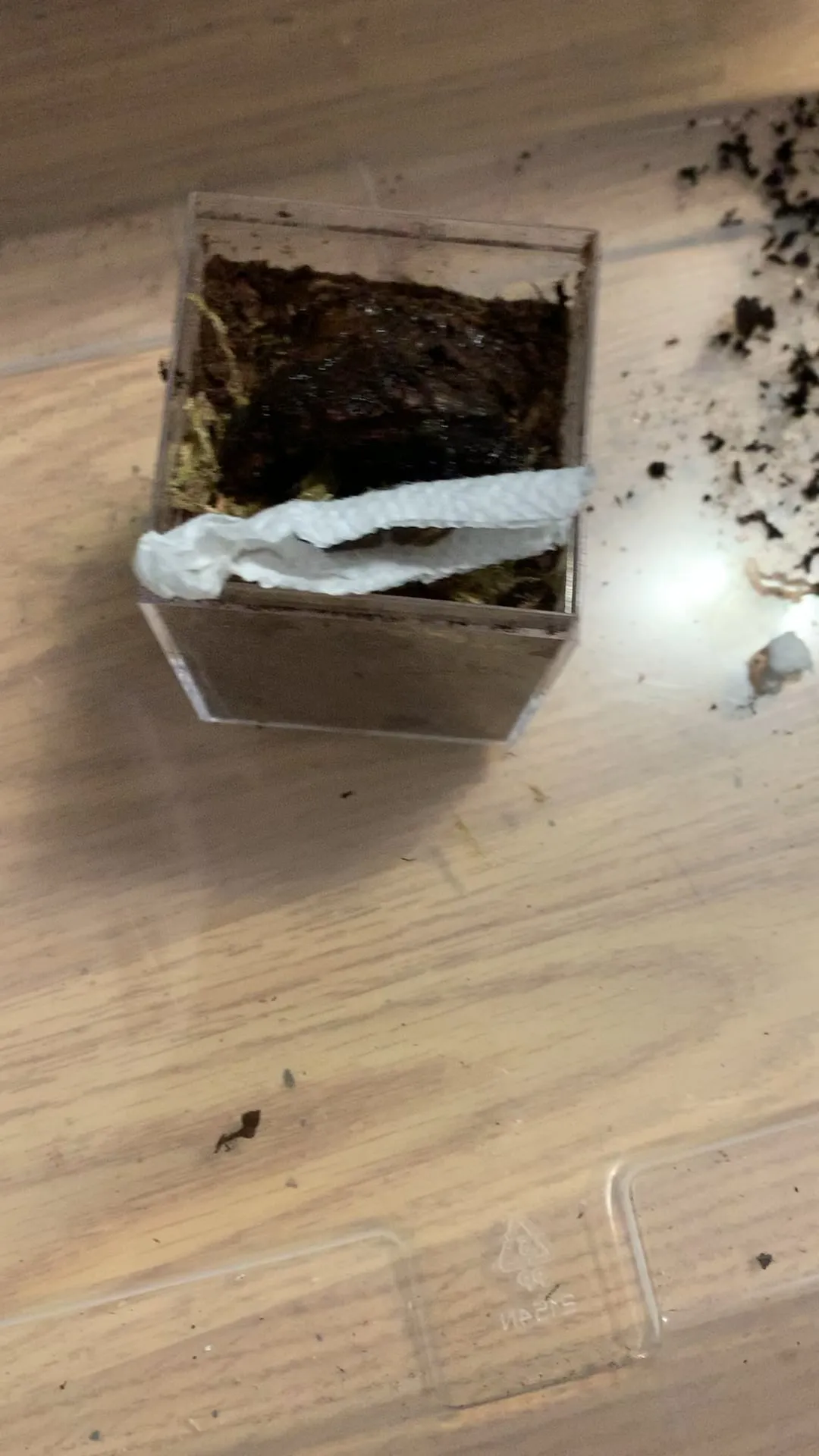Understanding Tarantula Slings and Feeding Habits
Caring for a tarantula sling can be a rewarding experience, but it also requires a good understanding of their unique needs, especially when it comes to feeding. These tiny arachnids are in a crucial growth phase, making proper nutrition essential for their development. Overfeeding, however, can be just as detrimental as underfeeding. This guide will delve into the specifics of feeding tarantula slings, helping you provide the best possible care for your pet. From understanding their dietary needs to recognizing the signs of overfeeding, you’ll gain the knowledge to ensure your sling thrives.
What are Tarantula Slings
Tarantula slings are essentially baby tarantulas, the juvenile stage of these fascinating creatures. They are significantly smaller than adult tarantulas, often measuring only a few millimeters to a centimeter or two in size, depending on the species. During this phase, slings are highly vulnerable and require careful attention to their environment, including temperature, humidity, and, most importantly, their diet. Providing the right conditions is key to a healthy start in life, setting the stage for their growth into impressive adult tarantulas. Their small size means they have different needs compared to adult tarantulas, particularly regarding the size and frequency of their meals. Furthermore, they undergo molting, shedding their exoskeletons to grow, which makes the sling stage particularly delicate.
Dietary Needs of Tarantula Slings
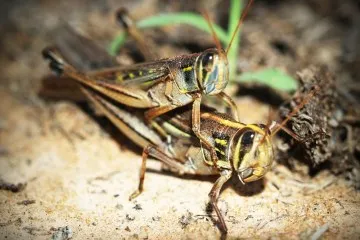
Tarantula slings, being carnivores, primarily consume insects. The ideal diet consists of appropriately sized prey items, such as flightless fruit flies for the smallest slings and pinhead crickets or pre-killed mealworms as they grow. The size of the food is crucial, as slings cannot effectively consume prey that is too large. It is always better to offer smaller meals more frequently. A varied diet, when possible, can also provide a wider range of nutrients. Ensure any insects offered are gut-loaded, meaning they have been fed nutritious food prior to being offered to your tarantula. This increases the nutritional value for your sling. Remember that slings have a slower metabolism than adults, so overfeeding can lead to health problems.
How Often Should You Feed Your Tarantula Sling
The frequency of feeding depends largely on the species, the sling’s size, and its individual growth rate. As a general guideline, most tarantula slings should be fed every 2 to 3 days. However, observe your sling’s behavior. If it readily eats every time food is offered, you might slightly increase the frequency. If it seems uninterested in food for several days, it might be close to molting, or it may have eaten enough. Always remove uneaten prey within 24 hours to prevent them from stressing the sling or, in some cases, harming it. Provide a shallow water dish with clean water at all times, as hydration is essential for their health and molting process. Remember, a well-fed sling is a healthy sling, but overfeeding can cause more harm than good.
Signs of an Overfed Tarantula Sling
Recognizing the signs of overfeeding is critical to your tarantula sling’s well-being. Overfeeding can lead to serious health issues. The key is to observe your sling regularly and look for telltale signs that might indicate a problem. Careful monitoring can prevent significant health problems.
Physical Appearance
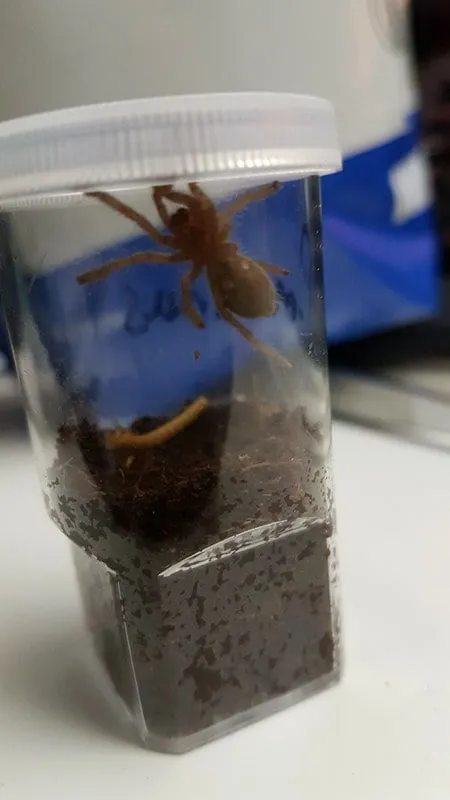
One of the most visible signs of an overfed tarantula sling is a distended or bloated abdomen. You should be able to see the dark spot of its abdomen (the ‘heart’) easily. If the abdomen appears excessively large or stretched, this could indicate overfeeding. If you suspect this, reduce the feeding frequency. Also, the sling might move with difficulty due to the extra weight, appearing sluggish or less active than usual. A healthy sling should have a slightly rounded abdomen after eating but should not appear overly full or stretched.
Behavioral Changes
Changes in behavior can also signal overfeeding. A tarantula sling that consistently refuses food, even when offered appropriately sized prey, might be overfed. Slings that are not hungry will often ignore or even run away from potential food. Another sign is a decrease in activity level. While slings naturally spend time in their hides, an overfed sling might spend more time in one spot, appearing lethargic and less interested in exploring its enclosure. Moreover, slings may be more prone to hiding and less likely to come out for food. Observing these subtle behavioral cues is an essential part of responsible tarantula sling care, allowing you to adjust their feeding schedule accordingly.
The Dangers of Overfeeding Tarantula Slings
Overfeeding tarantula slings poses several risks to their health and well-being. These small creatures are delicate, and their bodies can easily be stressed by excessive food intake. Therefore, understanding these dangers is critical for responsible pet ownership.
Health Risks

One of the primary risks of overfeeding is the development of health problems. Excessive fat storage can lead to a condition similar to obesity, which can strain the sling’s internal organs and reduce its lifespan. Overfed slings are also more susceptible to infections and other illnesses because their immune systems may become compromised. Moreover, the added stress of processing excessive food can weaken the sling, making it more vulnerable to diseases. Overfeeding can also cause a build-up of undigested food in the gut, leading to discomfort and other digestive issues. Such issues compromise the sling’s quality of life and reduce the overall health of the tarantula.
Molting Complications
Overfeeding significantly increases the risk of complications during molting. Molting is a critical process where the tarantula sheds its old exoskeleton to grow. An overfed sling may struggle during this process, as the excess weight and internal stress can hinder its ability to shed the old skin properly. This can result in stuck molts, where the sling gets trapped in its old exoskeleton, which can be fatal. Even if the sling successfully molts, overfeeding can lead to deformities or weakened new exoskeletons, making them more vulnerable to injury. The molting process requires a lot of energy, and an overfed sling may not have the resources available to complete a successful molt. Providing the proper diet and avoiding overfeeding supports healthy molting and overall sling well-being.
Preventing Overfeeding
Preventing overfeeding involves establishing a consistent feeding routine, paying close attention to the food size, and regularly monitoring your sling’s condition. This proactive approach ensures your tarantula sling stays healthy and thrives. Understanding these simple steps can make a significant difference in your sling’s overall health.
Proper Feeding Schedule
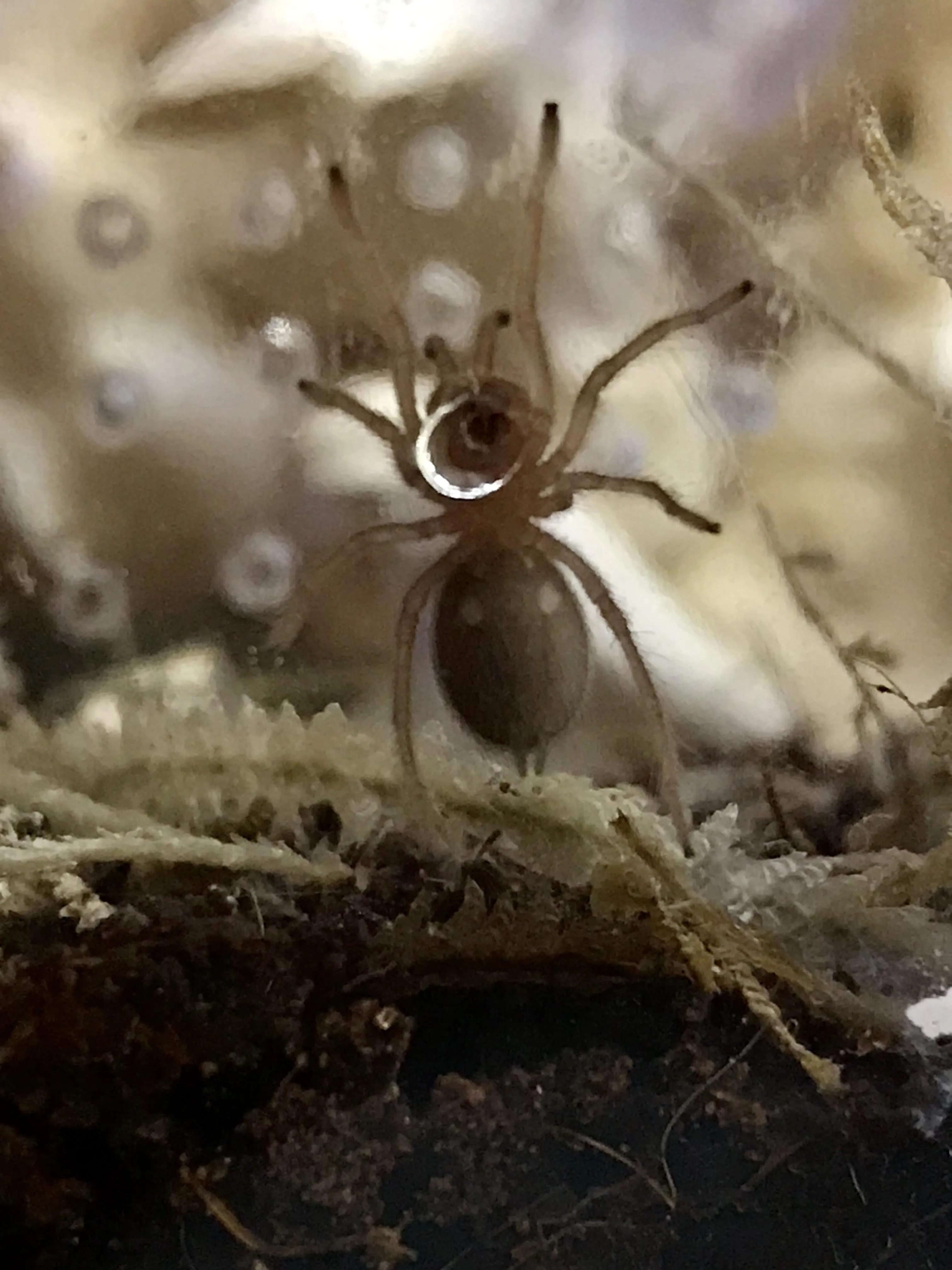
Creating a consistent feeding schedule is essential for preventing overfeeding. As mentioned earlier, feeding slings every 2 to 3 days is generally a good starting point, but adjustments may be necessary depending on the species and the individual sling. Observe your sling’s appetite and adjust the frequency accordingly. If it readily eats every meal, you can slightly increase the frequency. If it consistently refuses food, it may need a break. Always remove uneaten prey within 24 hours. Keep a log to track your sling’s feeding habits and note any changes in behavior or appetite. This information is invaluable in determining the proper feeding schedule and ensuring that your sling receives the right amount of food.
Choosing the Right Food Size
Selecting the correct prey size is critical. The prey should be no larger than the sling’s carapace (the top part of the body). For small slings, flightless fruit flies or newly hatched pinhead crickets are excellent choices. As the sling grows, you can gradually increase the prey size. The rule of thumb is to offer food that the sling can easily overpower and consume. If the prey appears too large or the sling struggles to eat it, it’s too big. Avoid offering prey that is too fast or that could potentially harm your sling, such as larger crickets that might bite. Offering appropriately sized prey items reduces the chances of overfeeding and helps ensure the sling can easily digest its meals.
Monitoring Your Sling’s Abdomen
Regularly monitoring your sling’s abdomen is one of the best ways to prevent overfeeding. The abdomen should be slightly rounded after feeding but not overly distended or stretched. If the abdomen appears excessively large, it is a clear sign that your sling is being overfed. Also, pay attention to the overall body condition. A healthy sling should be active and alert, showing interest in its surroundings. Sluggishness, lethargy, or a refusal to eat are also potential indicators of overfeeding. Keep a close eye on the sling’s molting cycle, as they often refuse food before molting. These observations will help you make informed decisions about your sling’s feeding regimen.
Conclusion
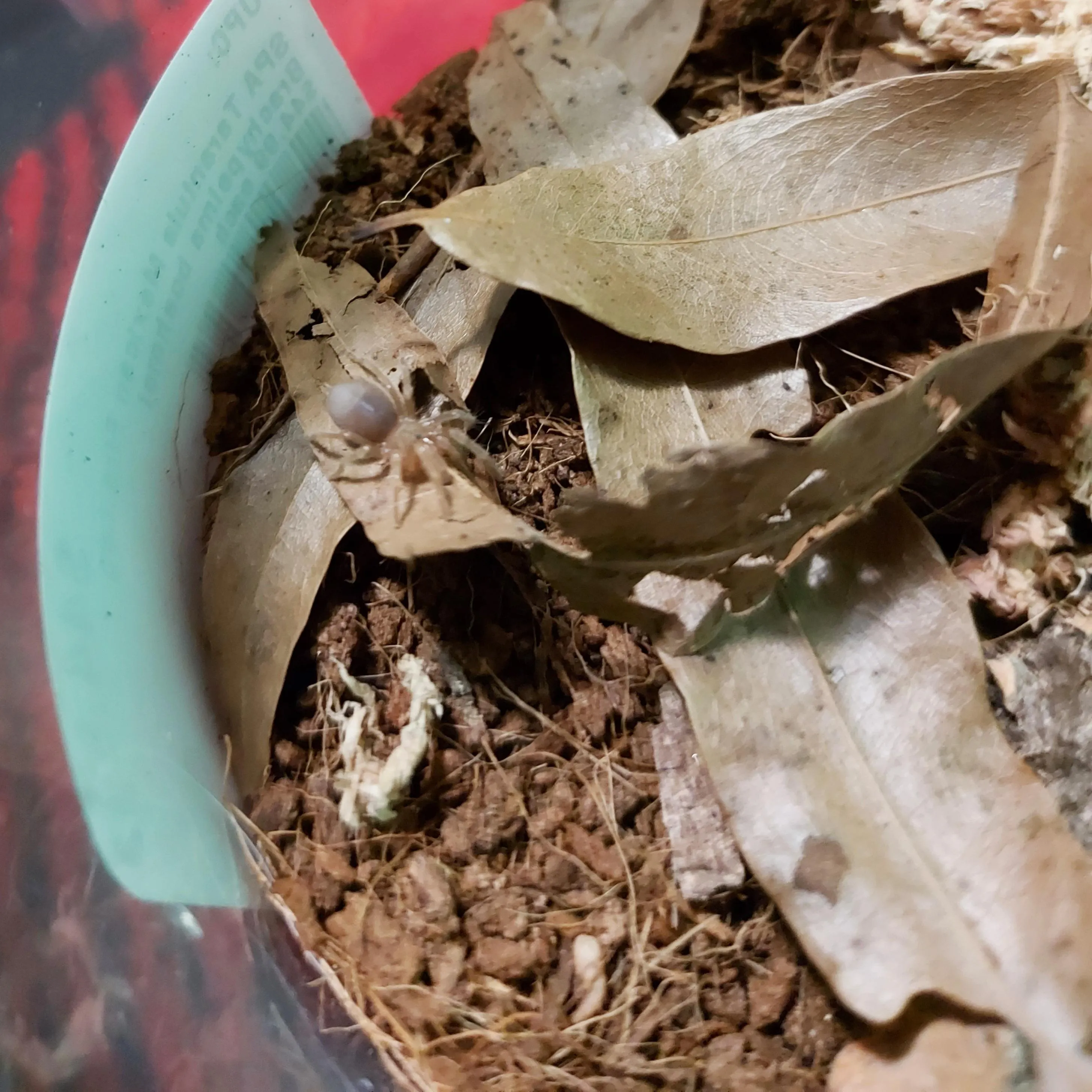
In summary, understanding how to properly feed your tarantula sling is essential for their health and well-being. By paying close attention to their dietary needs, the signs of overfeeding, and implementing preventative measures, you can ensure that your sling thrives. Remember to feed appropriately sized prey, maintain a regular feeding schedule, and regularly monitor your sling’s physical appearance and behavior. Proper care and responsible pet ownership will contribute to a thriving, healthy tarantula. With the right knowledge and a little effort, you can enjoy the fascinating experience of raising a tarantula sling.
